State
Tribe Name
Art Type
short description
The Dhodia tribe performs this Tur Dance. This will be a manifestation of their deeply spiritual religious and cultural life. It is part of the rites of passage, festivals, and other ceremonious occasions of their lives such as Holi, Diwali, weddings, and funerals. It has two meanings, during jubilant celebrations wherein the Tur is said to invoke joyousness and, in funeral conditions, it signifies hallowed journeys. It is also with much spirituality regarding the Dhodias that their dance pays homage to Amba Mata with others from along the lush rangolis, besides making ties between the community and maintaining practices from the ancestors' ages.
Thumbnail
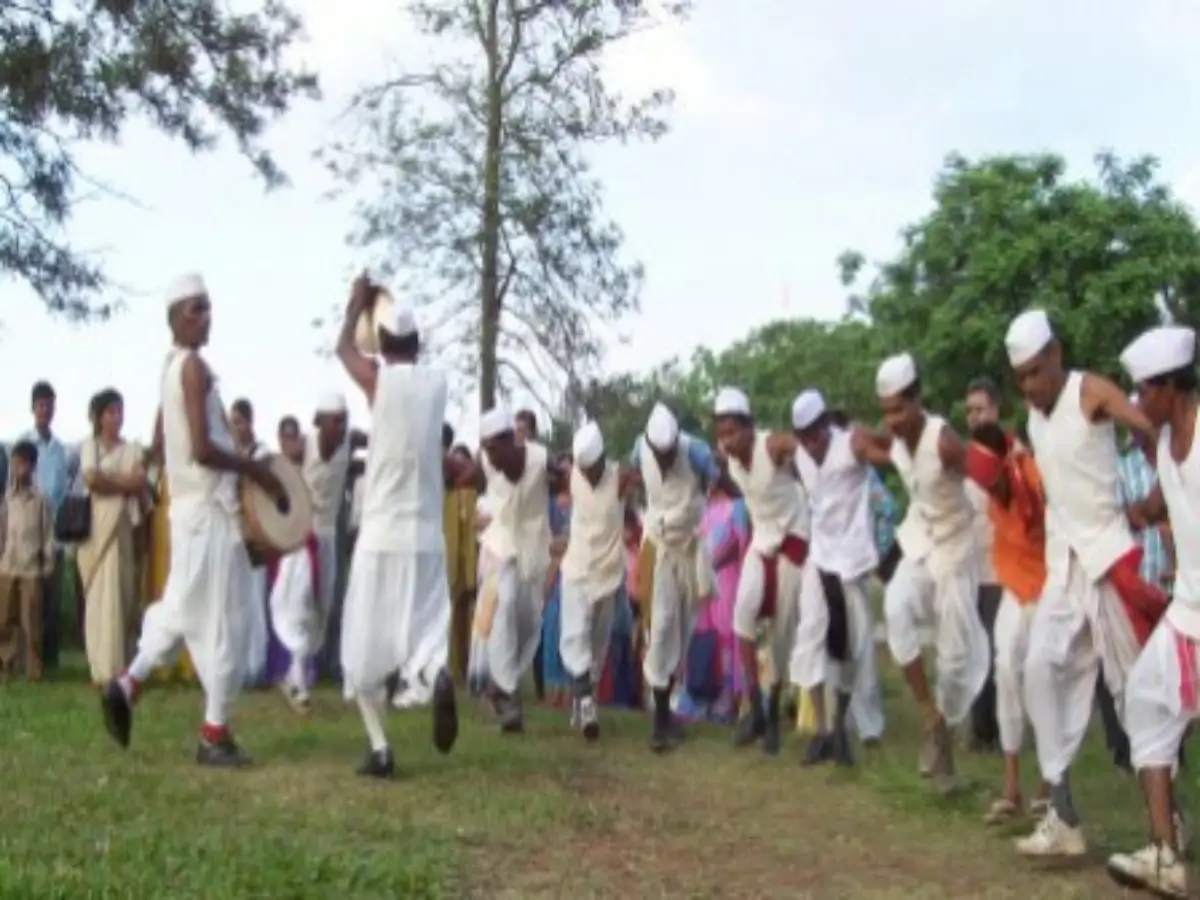
Filter Postion
Left
Filter Background
Off
Theme
Filter Header Image

content
Image
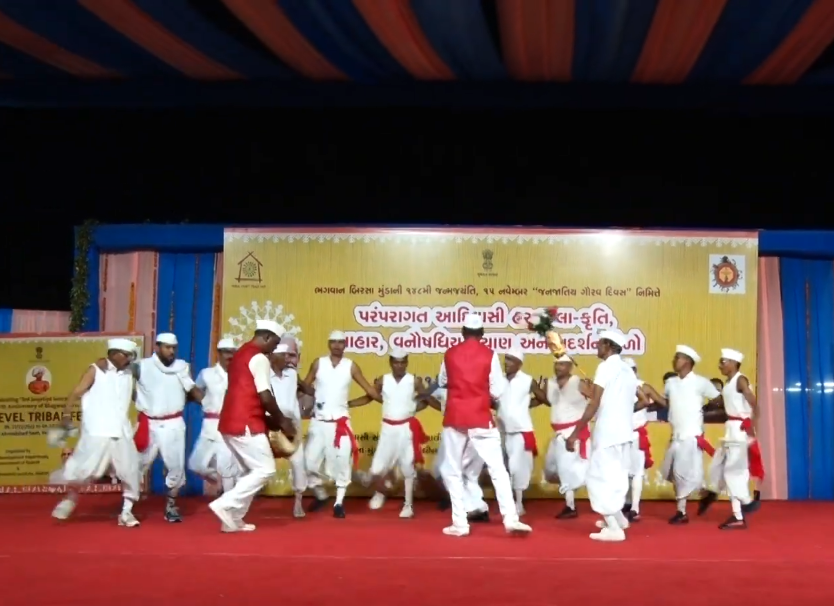
description
The Dhodia tribe performs this Tur Dance. This will be a manifestation of their deeply spiritual religious and cultural life. It is part of the rites of passage, festivals, and other ceremonious occasions of their lives such as Holi, Diwali, weddings, and funerals. It has two meanings, during jubilant celebrations wherein the Tur is said to invoke joyousness and, in funeral conditions, it signifies hallowed journeys. It is also with much spirituality regarding the Dhodias that their dance pays homage to Amba Mata with others from along the lush rangolis, besides making ties between the community and maintaining practices from the ancestors' ages.
Image Mode
landscape
Image
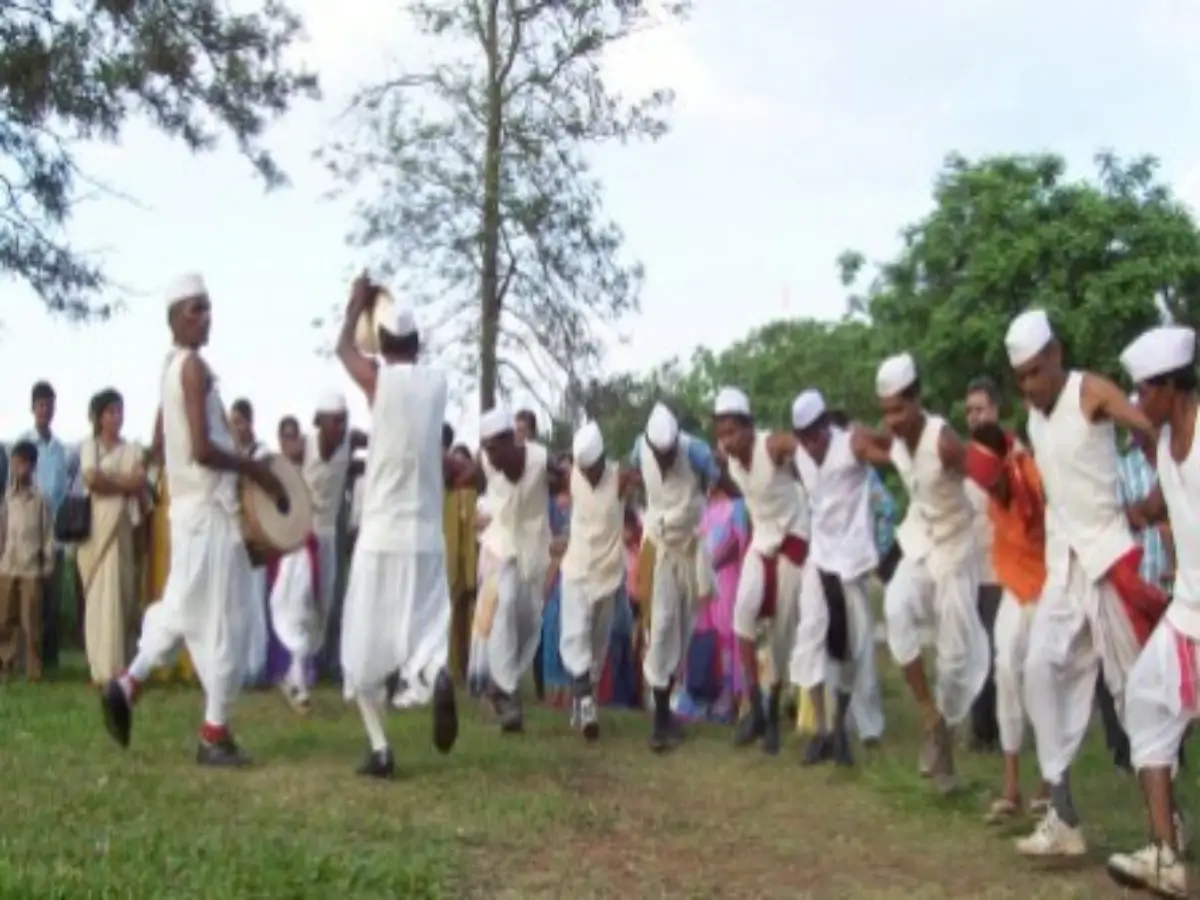
description
The Dhodia tribe constitutes one of the largest tribal groups in Gujarat, mainly found in the Surat, Tapi, Navsari, and Valsad districts. Once again, the Dhodias, who traditionally are agrarian, have a very strong bond with the land and their pasts. They have many customs in their practice, one of which is the intriguing - the Tur Dance that has formed an important part of communal social expression. Festivals and rites bring the Dhodia people together to offer tribute to their beliefs, share life's major occurrences, and reduce the gap of social distance through common customs and routines.
Image
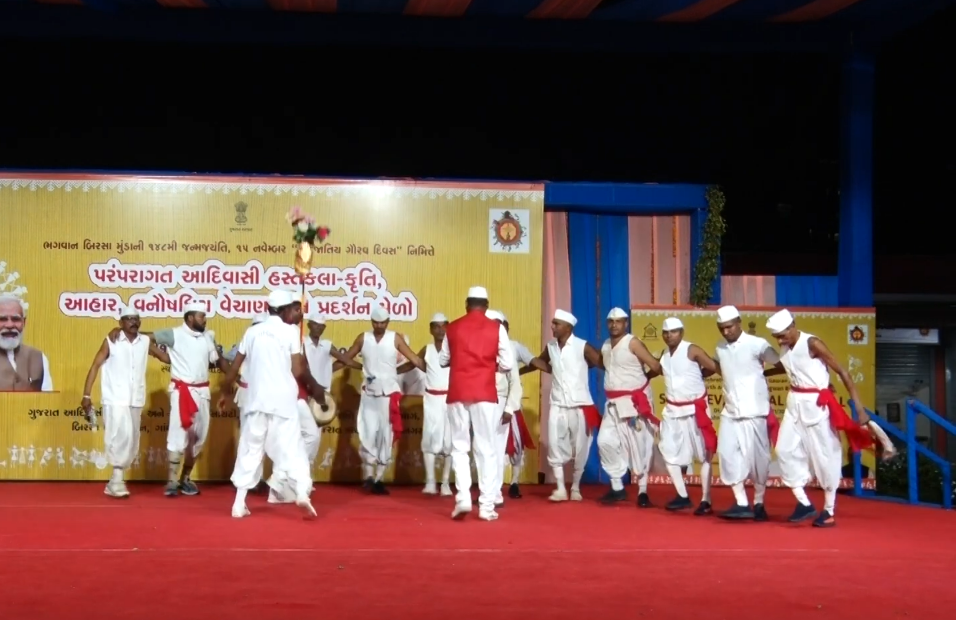
description
During the Tur Dance, Dhodia men dress in full white traditional dresses to represent purity and joy. They are dressed in white, including vests, hats, and handkerchief around the neck and waist. Turned, these handkerchiefs would be waved during the dance for a better effect in visuals. While the men do not wear much ornamental jewelry, there are instances where they have worn occasional silver bangles for dances like the Gheraiya or even have just put on earrings. Women, in the Gheraiya dance, wear traditional skirts, odhani veils, silver necklaces, and anklets, blending simplicity with elegance.
Image Mode
landscape
Image
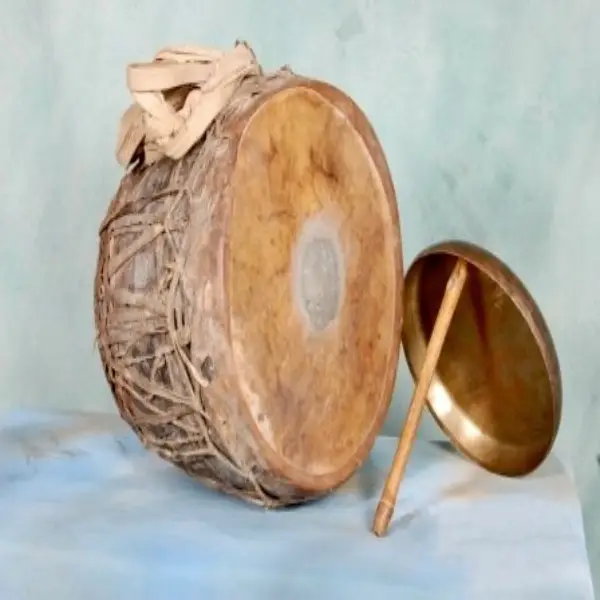
description
The Tur Dance is performed with the small drums, known as Tur, and at times had a thali (percussion plate) and flute as accompaniment. The rhythms from these instruments tend toward block-or-several chalas (dance steps). Chants of bhajans and garbas dedicated to deities like Amba Mata are sung by two or more sailyas folk singers. When put together with such music, it creates really an absorbing experience where participants and spectators can really catch the feel of the sacred atmosphere thus enhancing the cultural context of the dance with the entire community.
Image Mode
landscape
Image
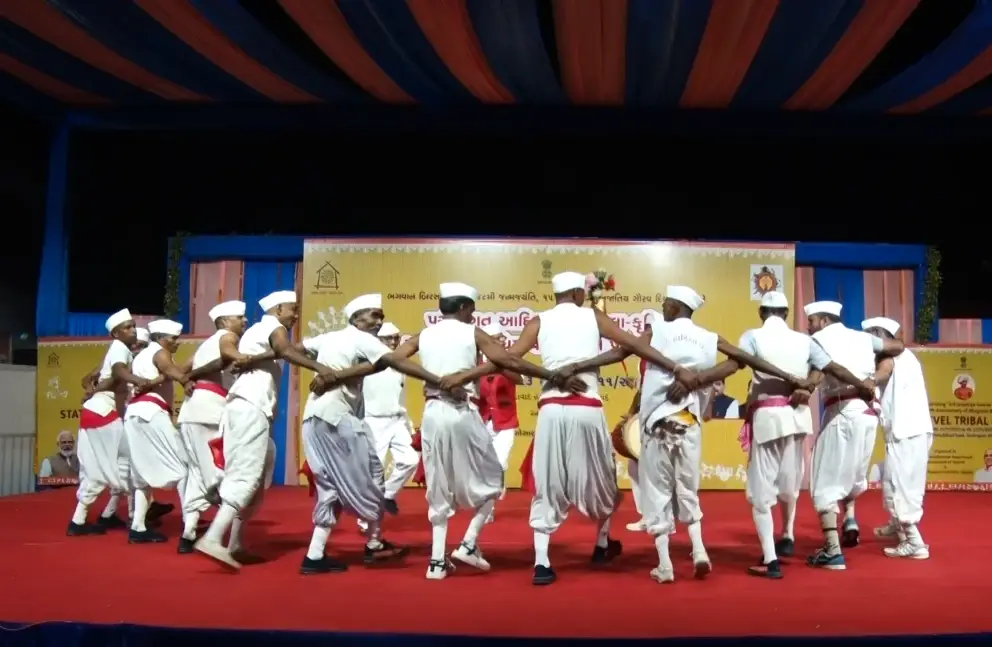
description
As far as auspicious ceremonies are concerned, it embodies the celebration, regards, and farewells from the person at the time during festivals, weddings, and engagement. The entire family rejoices at this occasion during these moments, but at funerals, it honors the deceased and wishes him or her happy travels into the afterlife. The holiday procession of Mataji's birthday is also celebrated; therefore, it considers another facet of the event for the Dhodia in which they celebrate with their gods through dance, reverence, and prayer. In this way, it continues to anchor the community spirit and guarantees every life stage be celebrated and respected under the Dhodia culture.
Image Mode
landscape
promoted
Off
Verified
On
